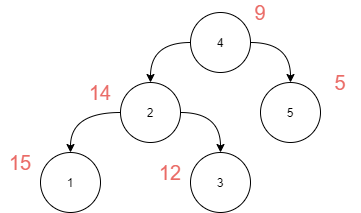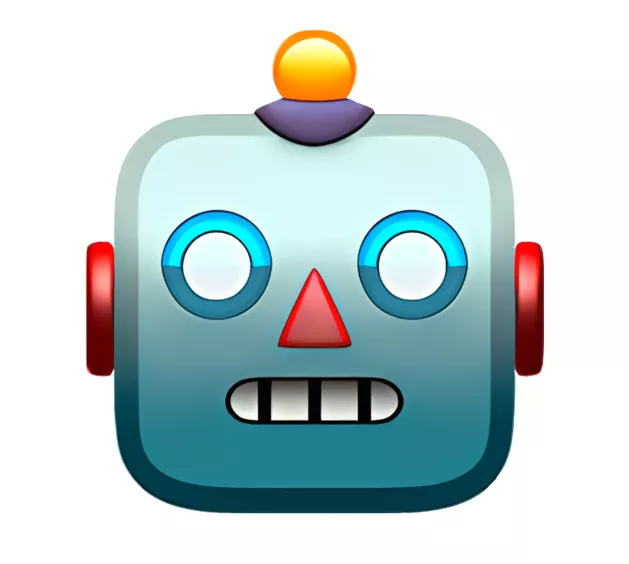BST to Greater Tree Conversion
Convert a given binary search tree (BST) with 'N' nodes into a Greater Tree. In this transformation, each node's data is modified to the sum of the original node's data plus the sum of all nodes' data that are greater than or equal to the original node's data within the BST.
Input:
The first line contains an integer 'T' representing the number of test cases.
For each test case, the subsequent line contains the tree elements in level order, separated by a space. Use -1 to denote missing nodes.Output:
For each test case, output a single integer on a new line, representing the root node of the modified Greater Tree.Example:
Given the input for level order traversal as:
1 2 3 4 -1 5 6 -1 7 -1 -1 -1 -1 -1 -1
Output will be the root node after converting the BST.

Constraints:
1 <= T <= 1000 <= N <= 3000-10^6 <= DATA <= 10^6- Duplicate elements can be present, placed in either left or right subtrees.
- Time Limit: 1 sec
Note:
You do not have to manage input/output operations. Implement the function to modify the BST.
AnswerBot
4mo
Convert a given BST into a Greater Tree by updating each node's data to the sum of original data and all greater nodes' data.
Traverse the BST in reverse inorder (right, root, left) to update nodes' da...read more
Help your peers!


Add answer anonymously...
Oracle Software Developer Intern interview questions & answers
A Software Developer Intern was asked Q. BST to Greater Tree Conversion Convert a given binary search tree (BST) with 'N'...read more
A Software Developer Intern was asked Q. Merge K Sorted Arrays Problem Statement Given 'K' different arrays that are indi...read more
A Software Developer Intern was asked Q. Find The Repeating And Missing Number Problem Statement You are provided with an...read more
Popular interview questions of Software Developer Intern
A Software Developer Intern was asked Q1. BST to Greater Tree Conversion Convert a given binary search tree (BST) with 'N'...read more
A Software Developer Intern was asked Q2. Merge K Sorted Arrays Problem Statement Given 'K' different arrays that are indi...read more
A Software Developer Intern was asked Q3. Find The Repeating And Missing Number Problem Statement You are provided with an...read more
Stay ahead in your career. Get AmbitionBox app


Trusted by over 1.5 Crore job seekers to find their right fit company
80 L+
Reviews
10L+
Interviews
4 Cr+
Salaries
1.5 Cr+
Users
Contribute to help millions
AmbitionBox Awards
Get AmbitionBox app












